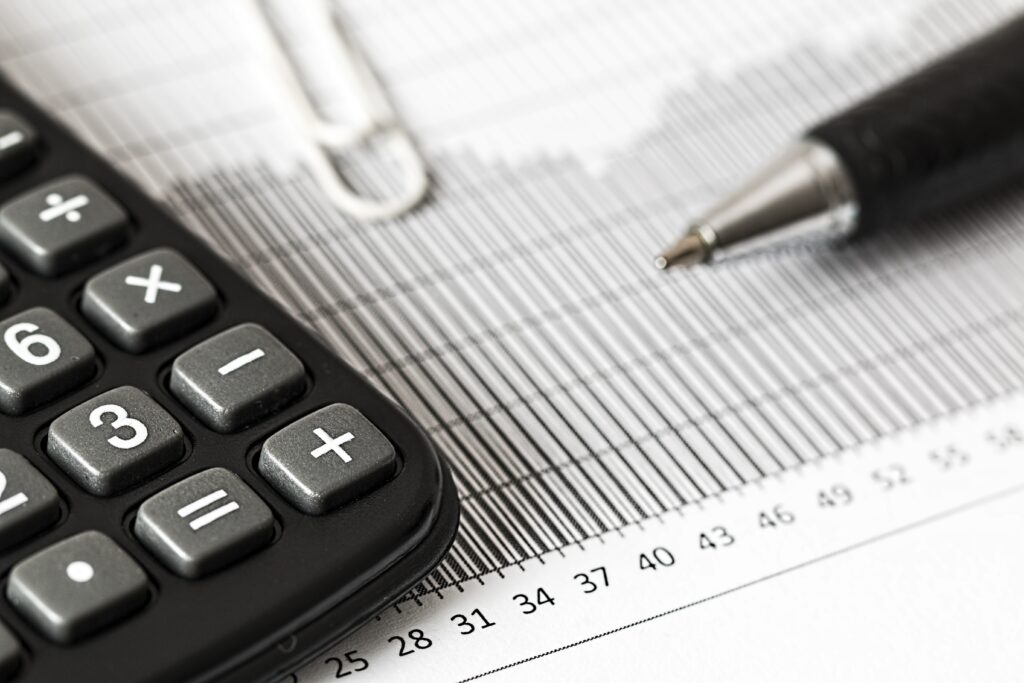It is common for new investors, who are active real estate to start with a traditional method like buying and holding single-family rentals. This is done through methods such as BRRR (Buy, Renovate, Rent, Refinance, Repeat). In addition, some advanced investors, with access to more capital, invest in commercial real estate. They invest in properties such as apartments, storage, or strip malls as an option too. Here, the investor buys the property and manages the asset by fixing it up or renting it to a tenant. It is popular for most investors to start off as residential real estate investors. Eventually, they graduate to larger commercial real estate investing deals. However, many non-institutional investors rarely consider the option of investing in Real Estate Notes.
What is a Mortgage Note?
According to Rocket Mortgage: “A mortgage note is a document that you sign at the end of your home closing. It contains all the terms of the agreement between the borrower and the lender and accurately reflects all the terms of the mortgage. In other words, when you buy a home, the mortgage note is the document that states how you’ll repay your loan, and it uses your home as collateral. Read on for more information on what a mortgage note is and how your repayment plan affects who owns it.”
The Founder of Marvelous Maids, Kellogg MBA, ex-Deloitte Consultant, and Active Real Estate Investor, Hereford Johnson III believes that the popular Real Estate Investing forum, Bigger Pockets, explains note investing best: ” investors purchase the secured debt and become the lender, after which they are entitled to receive payments from the borrower. Generally speaking, note investors purchase notes at a discount to the remaining principal balance.”
Is it important to understand the Mortgage Note?
Yes, there is an entire world of Note investing and it’s important to understand. It is not just for noobie investors, but for everyday people who own a primary residence. There are people who are on the verge of going through a foreclosure. However, they may not be aware that they have the ability to work out a new payment structure if their note has been sold to a new lender. Most lenders do not want their note to default, so they are more than willing to be flexible on payment options from their debtors.
Buying a note can be simple. The overarching idea is that the lender is vested in the home. However, they are not the responsible party for maintaining the property, taxes, or insurance. What happens is that they simply collect a Principal and Interest payment (P&I) each month until the note is satisfied. Essentially, the lender becomes the bank as they are buying the debt and interest that is left to be paid. If the borrower does not pay the lender, the lender can have first rights to the deed and title of the property and/or potentially land.
Think about it this way…

For example, a bank is auctioning a note from a property. It is valued at $300,000 at 7% over 30 years. The remaining original balance on that note after a few years is $235,000, still at 7%.
On the other hand, the bank wants to clear this note off their books for whatever reason. Let’s say that maybe they no longer feel confident in the borrower’s ability to pay off the debt, or maybe they want to raise capital. So, the bank decides to take a loss in an auction and sells the note to you for $200,000.
Now, for ease of calculation of this example, let’s say that you do not finance taking over this loan, and pay the bank $200K in cash. You now have spent $200K for an asset worth $300K (pending the borrower defaults). And then if the borrower does not default, they will end up paying you $35K plus interest over time $235K [the original debt] – $200K [what you paid for the note]).
We would like to thank Seascape Capital in the inspiration of this blog post.




 (708) 497-9888
(708) 497-9888